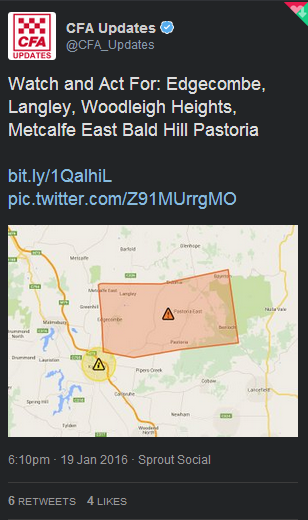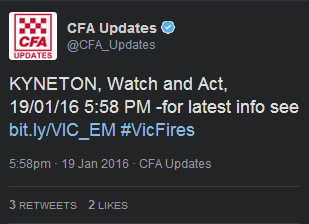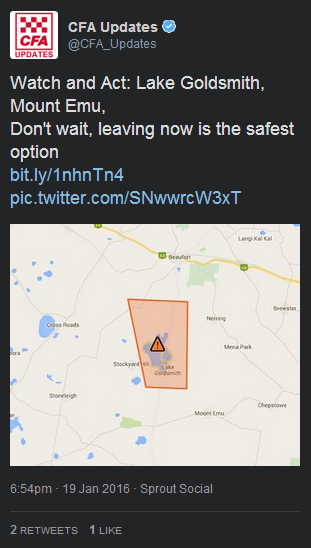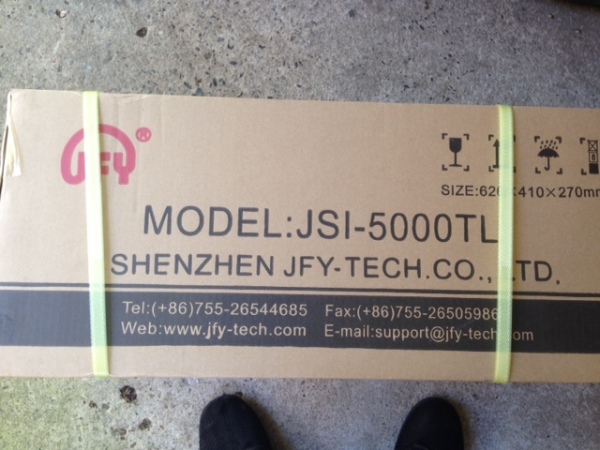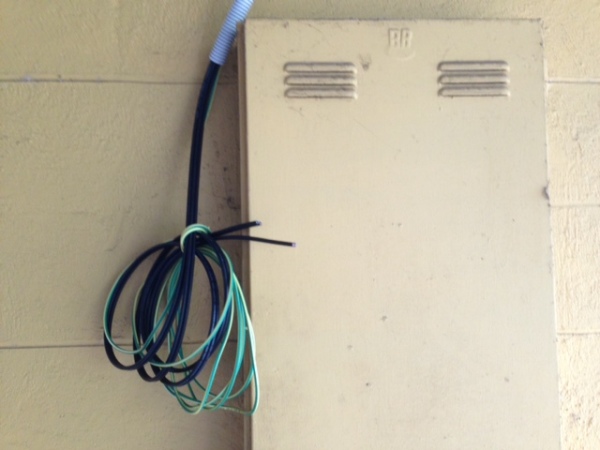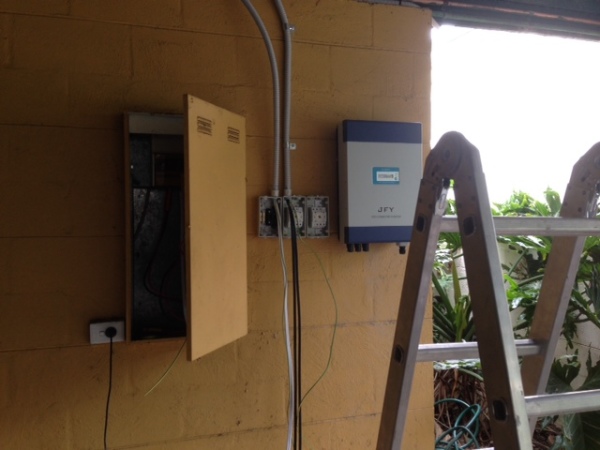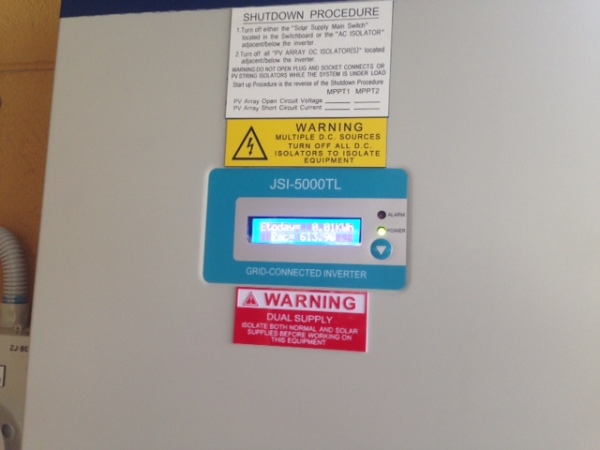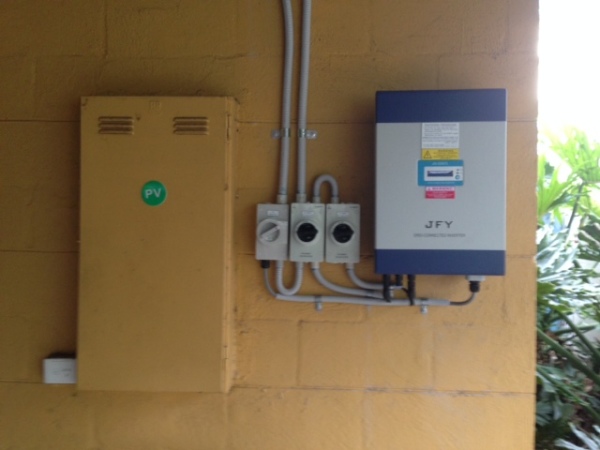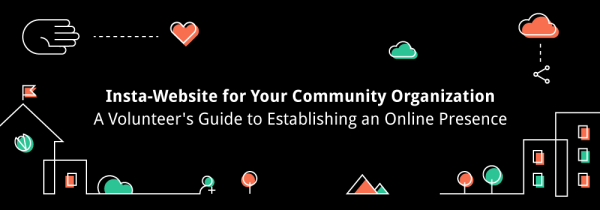I live in a small town southeast of Melbourne, Australia. While I was formerly the Secretary and Lieutenant of Tyabb Volunteer Fire Brigade, I first discovered community organizations back in the 1960's when I joined St John’s Ambulance; I was just a kid, and I learned first-aid. I've been a member of community orgs on and off ever since.
In my experience working with new community organizations, one of the most commonly asked questions is "what the heck should we do about a website?"
Here I am to tell you the answer:
Your Typical Options
Over the last few years, I’ve been looking for new tools to make websites for the various organizations I work with. As someone who is somewhat technologically inclined, I've tried all sorts of ways to create a website on the cheap. I've even paid for hosting, and used free tools to make HTML pages to populate a website. But this takes hours and hours of work, and everything still has to be indexed so users can navigate around the website.
Some systems charge a fee to access their platform, but you almost need a computer engineer's certificate to work with them. And, once again, there’s the numerous hours spent in set up. Yes, cheap, simple (and ugly) options exist, but you'll want your community org website to look professional to reflect the legitimacy of your org, not a platform for someone else's ads.
Oh yes: you can establish a presence through social media, but not everybody in your target audience will use it. Even worse, you probably won’t get the exposure you need. Consider that less than %1 of Facebook users actively engage with the pages they follow or ‘like’. You also won’t rank well in a Google Search compared to real websites.
The Solution
After experimenting with what seems like hundreds of ways to publish content I found the perfect option in a tool I'd already been using for a while:
Evernote.
Through Evernote, one can create content in any form and share it with others through ‘notebooks’ that contain individual notes. It also allows users to generate their own searchable library, and works on almost any platform, including mobile. However, Evernote alone does not have the ability to index pages on the internet in the way a website does.
While looking for an answer to this problem, I found Postach.io - the ’The Evernote-Powered Website Builder’. Watch a video
here if you'd like a formal introduction.
Wait, blogging? I thought this was about making a website?
It is! But in order to understand this, you need to imagine a Postach.io site as not just a great blog, but also as a fully functioning website, ready-made for any organization! Postach.io is simple, looks beautiful, and requires next to no experience, training, or upkeep.
The best part: it’s exactly in the right price bracket for most emerging orgs; Postach.io is FREE! Anyone who can type can use it, and there are loads of themes to choose from to make a community org website stand out. Postach.io can be set up in under an hour, by anyone. Embeds, Comments, and Google Analytics are fully supported.
This is what I was looking for! It’s a bloody miracle…
I'll admit my bias straight up. Postach.io is my favourite platform for blogging - all I have to do is make a note in Evernote, tag it ‘published’, and it's instantly online and fully indexed. But there's other genius applications of the Postach.io platform, like the ability to create a fully functional website for an organization without hosting fees.
Best part: Anyone can do it.
As a premium Postach.io member, I run more than one website. I'm no coding guru, but I manage to run multiple websites through Postach.io with minimal effort or maintenance. Recently, I have been tasked with establishing two community organizations: One is a
wildlife preservation group that looks after a flock of around 100 Sulphur Crested Cockatoos that roost in ancient trees in the heart of our town. The other, a volunteer organization called
VOST Victoria. It’s my flagship project; a social enterprise that works in emergency information management though online mediums. We've even found ways for our volunteers to collaborate on published content by using Evernote and Postach.io.
Typically, it's not easy for an emerging organization to host a website. It can be expensive, time consuming, and difficult to update on a regular bases. Plus, you typically have to train staff to operate and update the website, and only a limited amount of team members will be able to contribute to it. But with Postach.io, you can do this for free with absolutely no coding experience. You could even use your phone through the Evernote app and update your pages with the click (or touch) of a sync button. It’s so good, that you might even decide to upgrade to premium like I did so you can make more than one website for your org.
Embeds work, so exploit them!
You don't have to be an expert, you just need to know a couple of tricks - so here they are:
Make use of Postach.io's ability to embed Google Docs, among other things (just use the embed code that Google gives you in your post, and you have a Google Doc embedded in your post). For example, you could make a form with Google Docs to collect data about your users and feed the results to a spreadsheet. In this way, users can interact with your posts by inputting data in a way that can normally only be done using complicated HTML code or by jumping to some other off-site third-party provider.
With an embed like this, you can keep all forms for the organization on your own website (and in Google Drive) without added cost or confusion to your visitors.
Push the boundaries of your Postach.io website.
Don't be afraid to experiment with embedding. You'll be surprised at how many third-party embeds already work. The Postach.io team is always writing new updates for the parser to accept all sorts of new code from third-party providers. The developers have very few rules when it comes to embedding things - and trust me, the code works.
The same goes for themes. Postach.io’s designs are sleek, simple, and minimal. I’ve found that this allows you to personalize your blog or website to match your target market and raison d’être; upload your organization’s logo and banner, fill in the bio, and you’re good to go.
Got a video about your org? Embed your Youtube videos directly into the page with ease (again, just copy the embed code that Google supplies).
If your organization related to music, maybe feature an audio recording? Try using a Soundcloud embed. By using embeds, you can turn your site into anything you want it to be.
And suddenly, you're not confined to just a blog anymore - the possibilities are endless. You can even make changes to the source code directly through the Postach.io site settings (if you know how) to add things like 'dropdown' menus and customized colour schemes.
There is support for those who need it.
Allow me to advocate for the Postach.io team. For anyone who has ANY issues, the support button (the question mark on the bottom-right of the Postach.io dashboard) works really well! The team is reliable and they don't care if you're bending the rules. On the contrary, they’ll likely cheer you on, no matter what crazy ideas you have.
I'm happy to talk to any organisation who is just starting out and exploring options for setting up a website. You can contact me on Twitter (@tyabblemons) or by leaving a message on any of my websites.
By Postach.io Ambassador Brad Lemon - April 2014
























